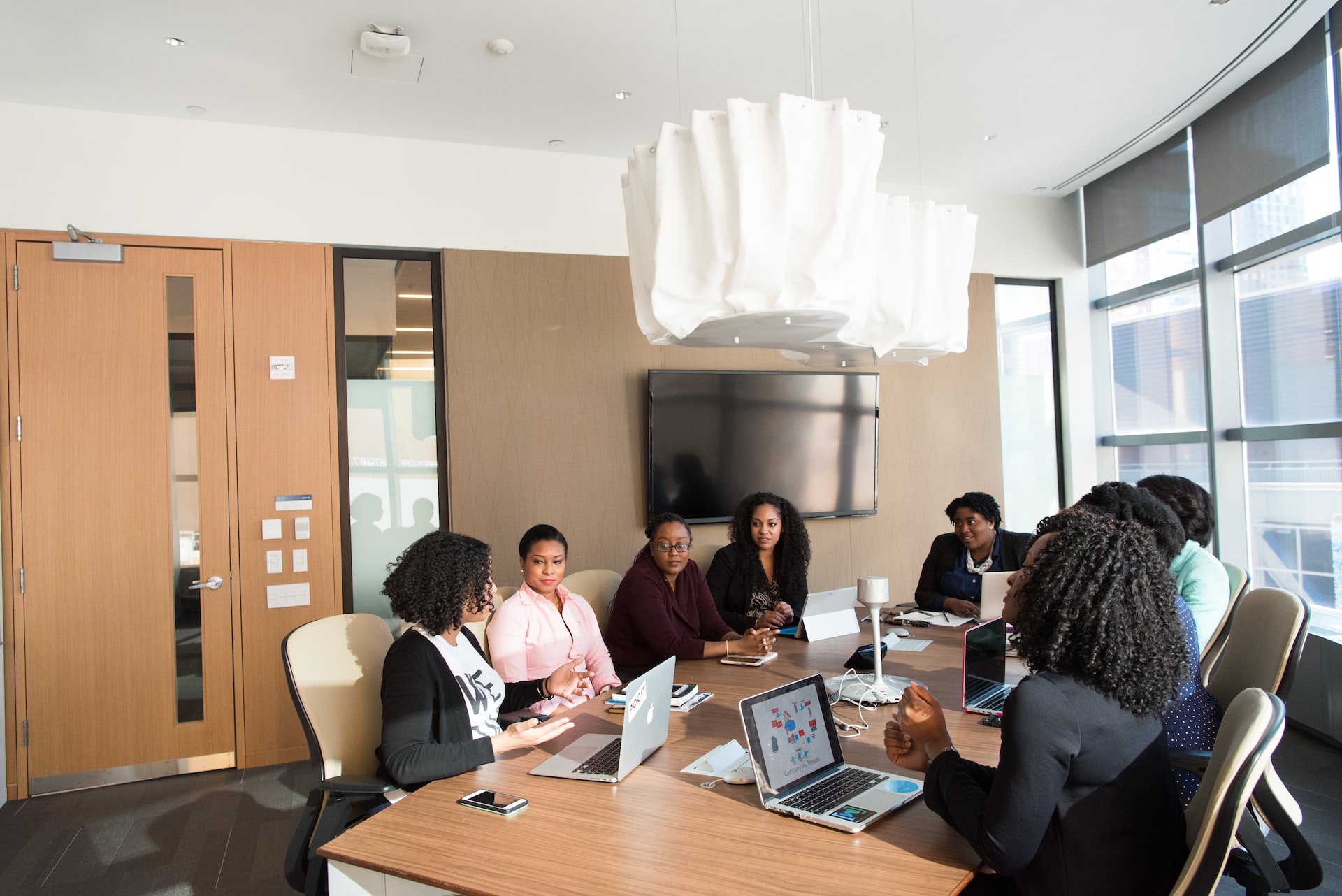The shift to remote work has made it even more important for organizations to find ways to encourage and foster creativity among their teams. Discover practical tips and strategies for inspiring creativity in your remote team.
The Importance of Creativity in a Remote Work Environment
Creativity is a critical component of success in any organization, especially in the tech industry where innovation is key. Remote work can present unique challenges when it comes to fostering creativity, as employees may have fewer opportunities for spontaneous collaboration and idea generation. However, by implementing the right strategies, you can create an environment that encourages creative thinking and helps your team flourish.
Strategies for Fostering Creativity in a Remote Team
Cultivate a Culture of Trust and Psychological Safety
For creativity to thrive, team members must feel comfortable sharing their ideas and taking risks. This requires a culture of trust and psychological safety, where employees know that they won't be judged or punished for their contributions.
"In psychologically safe teams, team members feel accepted and respected." - Amy Edmondson, Harvard Business School Professor
To create this culture, encourage open communication and feedback, and emphasize the importance of learning from failures. Be sure to recognize and celebrate employees' efforts and unique perspectives, even if their ideas aren't always implemented.

Encourage Regular Brainstorming Sessions
One of the most effective ways to foster creativity is through regular brainstorming sessions. These meetings can be held virtually using video conferencing software and should be structured to encourage the free flow of ideas.
To make the most of these sessions, consider the following tips:
Set clear goals and objectives for the brainstorming session.
Use a facilitator to guide the discussion and ensure all participants have a chance to contribute.
Encourage wild and unconventional ideas, as they can often lead to the most innovative solutions.
Record all ideas, and later evaluate them as a team to identify the most promising concepts.
Leverage Technology to Facilitate Collaboration
Technology plays a crucial role in enabling remote teams to collaborate effectively. Equip your team with the right tools to share ideas,
provide feedback, and work together on projects.
Some popular collaboration tools include:
Slack: A messaging platform that allows team members to communicate in real-time and share files and ideas.
Trello: A project management tool that helps teams track tasks and collaborate on shared boards.
Miro: An online whiteboard platform that enables teams to brainstorm, plan, and collaborate visually.
Zoom: A video conferencing solution that facilitates virtual meetings and brainstorming sessions.
Offer Flexibility to Foster Inspiration
Creativity often flourishes when people have the flexibility to work when and where they are most inspired. Remote work already provides some level of flexibility, but consider taking it a step further by offering flexible work hours or encouraging employees to take breaks and recharge when needed.
By trusting your team to manage their own time effectively, you create an environment where employees can capitalize on their natural creative energy and work at their most productive times.

Create Opportunities for Informal Interaction
In a remote setting, it can be easy for team members to become isolated and disconnected from their colleagues. Informal interactions, such as water cooler conversations and coffee breaks, can help foster camaraderie and spark creative ideas.
To facilitate these interactions, consider implementing the following strategies:
Schedule virtual coffee breaks or happy hours where team members can catch up and chat informally.
Create dedicated channels in your communication platforms for non-work-related topics, allowing employees to share their interests and passions.
Organize virtual team-building activities, such as game nights or trivia contests, to help strengthen relationships and encourage collaboration.
Provide Opportunities for Skill Development and Cross-Functional Collaboration
Additionally, create opportunities for team members to collaborate with colleagues from different departments or backgrounds. This can help break down silos, broaden perspectives, and stimulate creative thinking.
Encourage Autonomy and Empowerment
Allowing team members to take ownership of their projects and make decisions can boost their confidence, creativity, and engagement. Empower your team by providing clear expectations and guidelines, and then trusting them to find the best solutions for their tasks.
When employees feel that their ideas are valued and they have the autonomy to make decisions, they are more likely to think creatively and take risks in pursuit of innovative solutions.
Celebrate and Share Creative Successes
Recognizing and celebrating creative successes can help to reinforce the importance of creativity within your organization. Share stories of successful projects, innovative solutions, and creative problem-solving efforts with the entire team, and encourage team members to do the same.
By highlighting the positive impact of creativity on your organization, you can inspire your team to continue thinking creatively and pursuing new ideas.
Building a Creative and Innovative Remote Team
Fostering creativity in a remote team requires intentionality and ongoing effort. By cultivating a culture of trust and psychological safety, encouraging brainstorming sessions, leveraging technology, offering flexibility, creating opportunities for informal interaction, and supporting skill development and collaboration, you can create an environment where creativity thrives.
By empowering your team and celebrating their creative successes, you can further motivate and engage them, ensuring that your organization stays innovative and competitive in the rapidly evolving tech landscape.






